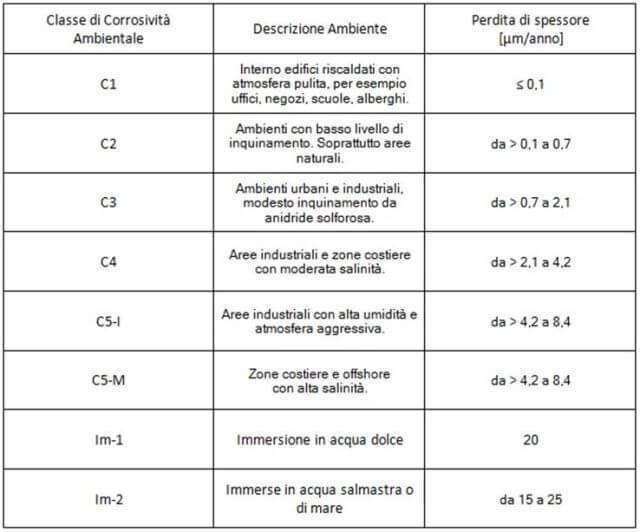The 1772 Bologna Luigi Galvani discovered the electro-chemical process that takes place between metals in the course of an experiment.
1837 Stanislaus Tranquille Modeste Sorel used for the first time the use of the term galvanizing. Through the process of electrolysis is able to apply a thin layer of zinc to metals. In the same year recorded the first patents for hot dip galvanizing.
1870 opens in the United States of America the first plant of hot-dip galvanizing. 1883 The Milan businessman Louis Origoni based to a service center for the protection of steel against corrosion. Opens in Milan the first Zincheria in Italy.
1957 Foundation of the Italian Association Galvanizing with the aim to promote the use of hot dip galvanizing as optimum protection of the steel against corrosion. (logo Aiz and shortcuts. www.aiz.it the site)
The hot dip galvanizing largest in the world is located in the United States, Kansas, and has the following dimensions: m.l. 25.00 x 3.00 x 3.65
 The Eiffel Tower and the costs of not galvanize…
The Eiffel Tower and the costs of not galvanize…
The Eiffel Tower, Paris landmark and symbol of the whole of France, was designed by Gustav Eiffel and built between 1887 and 1889 to commemorate the French Revolution that took place 100 years before. The Tower appeared immediately as a revolutionary design, light and with plenty of light (both for aesthetic sense to oppose little surface to the wind so as to allow the presence of foundations not too extensive): what did the Tower a structure relatively inexpensive to build and very nice to see.
But it was not galvanized steel. The size, geometry and height of the tower demanded over the years and still require maintenance work particularly difficult. The men of the maintenance teams agree in ‘state: “It’ s more important to be a good climber more than a good painter.” Maintenance operations take place every seven years and the last one lasted 14 months, using 60 tons of paint that should play an ‘area of 200,000 square meters.
During this operation, the 320 meter tall tower are reviewed from top to bottom by a team of 25 painters that remove rust, bird droppings, the paint has come off and recover the damages caused by ‘city pollution.
Stunned by the cost and complexity of the work involved in the maintenance of this national monument, where the painters have to use hooks, ropes, safety nets and intermittently (for example, you can paint in the morning before the dew has evaporated) , a German expert corrosionista did a hypothetical calculation of the money would have been saved if the ‘steel tower had been galvanized before being put into operation.
He did a ‘cost analysis comparing the real system alone paint with a so-called duplex system, where the steel is first galvanized and then painted. With a duplex system any damage to the paint does not lead to corrosion of the ‘underlying steel as it continues to be protected from zinc which is under the paint.
If the ‘steel Eiffel Tower was galvanized before being painted, would be sufficient only 7 sessions of maintenance, compared to 17 who have instead been held since 1889. The first session of general maintenance (cleaning the surface, apply a primer and subsequent application of paint) for a duplex system is made after about 25 years. After this, specific maintenance (only adding paint) and general maintenance take place either after 5 or 7 years. What does it cost? Based on the level of prices and wages, and by agreeing to present an obvious purchase price of the large amount of paint needed, galvanizing carried out before painting (duplex system) would have already saved $ 10 million in maintenance costs. Using today’s prices to calculate the cost of construction and erection of the tower, these savings amount to 50% of construction costs.
Although this comparison is humorous, it highlights the ‘importance of the maintenance costs of new infrastructure projects. Thus, when designing new buildings for the future, it will better protect the ‘steel with zinc!
(Article taken from the website of the University of Trento)
 Instead the Brooklyn Bridge…
Instead the Brooklyn Bridge…
The Brooklyn Bridge in New York, which opened in 1883, has required the use of more than 2.3 million meters of galvanized wires. Over 100 years later, when the bridge was maintained, it was noted that the cables were still in excellent condition …




 The Eiffel Tower and the costs of not galvanize…
The Eiffel Tower and the costs of not galvanize… Instead the Brooklyn Bridge…
Instead the Brooklyn Bridge…